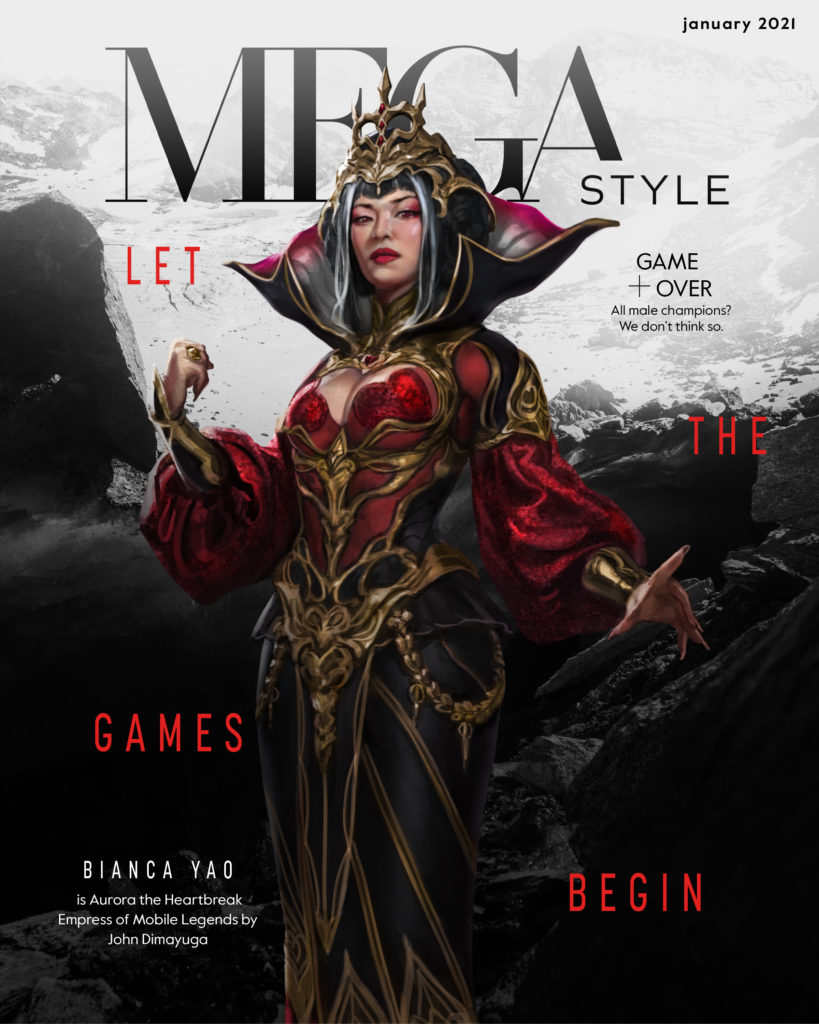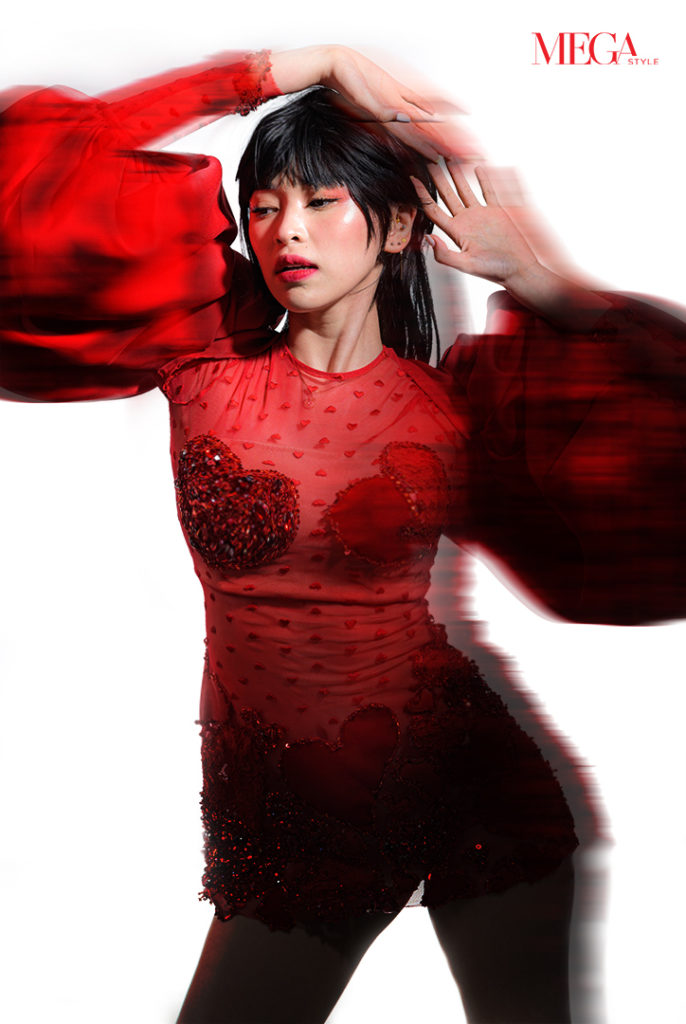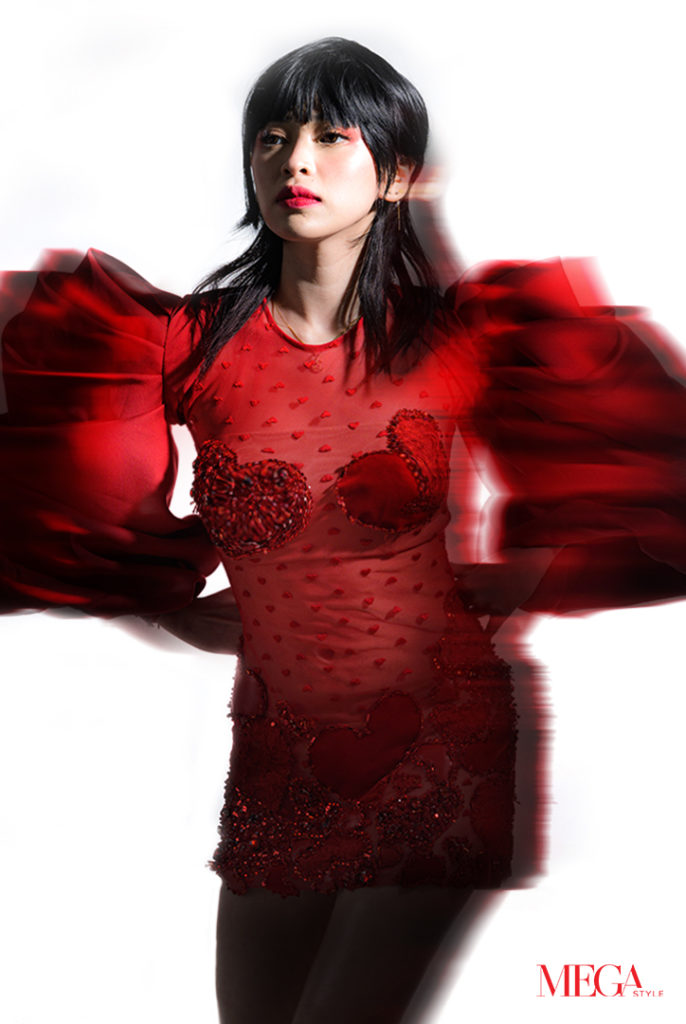Ending the negative stigmas of skinners in-game, Bianca Yao proves that hero skins are a way to express oneself, never obligating anyone to be a pro.
RELATED: Bianca Yao Shares 5 Key Things To Jumpstart Your Gaming Career
Fashion has always served as a means of expression—an art that gives the person its distinctive character. And in the virtual world of gaming, players are able to express their own style through their skins. It simply boosts one’s self-identity, which is a critical source of a person’s self-regard.


So, much like how fashion in the real world boosts a person’s confidence, it’s safe to say that skins in the virtual world do the same. In fact, by the end of the previous decade, the fashion gods weren’t playing games with us as we’ve witnessed unconventional collaborations that most of us didn’t entirely expect—from Louis Vuitton’s mark on League of Legends to MAC’s kiss with Honor of Kings.
Because of this, we’re seeing an influx of new skins being released in various games, offering countless gamers, such as Tier One’s very own Bianca Yao aka Biancake, how they could express themselves better in-game. “I think character skins are cool! I believe in the phrase ‘fashion is an expression’ and I feel like skins are the extension of your sense of fashion inside the game,” she firmly claims. “My main game is DOTA 2 actually and doon, there are a lot of customizations when it comes to skins so I get creative with how my characters look.”

While she admits that the world does limit women like her to only follow the mold that our society dictated, she begs to differ. “I guess one reason why I love games is that it’s such a neutral place for anyone regardless of gender, social status, and race,” she shares. “As a woman, games let me be any character I want to be, and I think that’s very empowering.”
You Do You
“Sayang skin”—a common insult being told to players in-game who dons expensive skins simply because they died in action. Skinners have never been only exclusive to professional eSports players. Because if that’s the case, why then are skins being sold to the public?

Game developers have formulated business models for how they can boost their marketplace’s own economy. There has been a rise of skin auctions or betting, only giving a player a small chance of winning the most prized skin. Upon acquiring, that skin would undoubtedly be seen as a reward, further enticing them to play their game—again, it boosts one’s self-image in-game.
Although this may be, skinners have been experiencing unnecessary slurs, which in turn would spoil the fun for some players. And Bianca Yao admits she’s no stranger when it comes to fighting negative stigmas. “In my whole career, I’ve been trying to change the negative perception of gaming in my own way and I think I can do the same with the negative notion on skins,” she explains. “My take on this is that I think anybody has the right to choose what they want to wear offline or online.”

After all, each of our avatars or character heroes will always represent us in the virtual world. Whenever we try on new skins, we’re not just looking at the product passively; we are picking it out and trying it on our very-own digital proxy—it’s basically online shopping, too. Do we have to be a stylist or celebrity to buy clothes from high-fashion brands? Definitely not. Fashion is for everyone, and so should skins.







